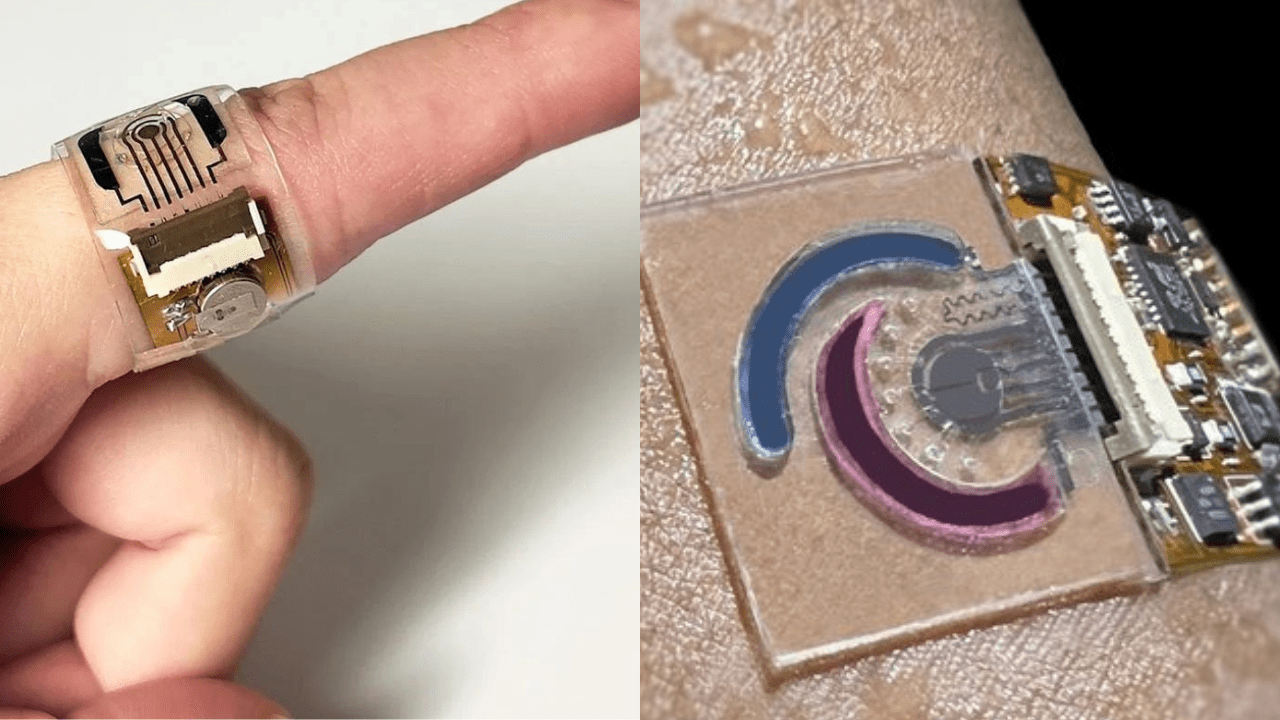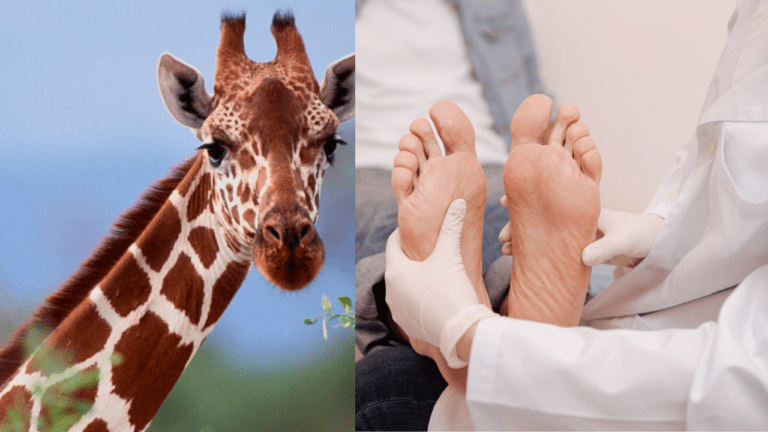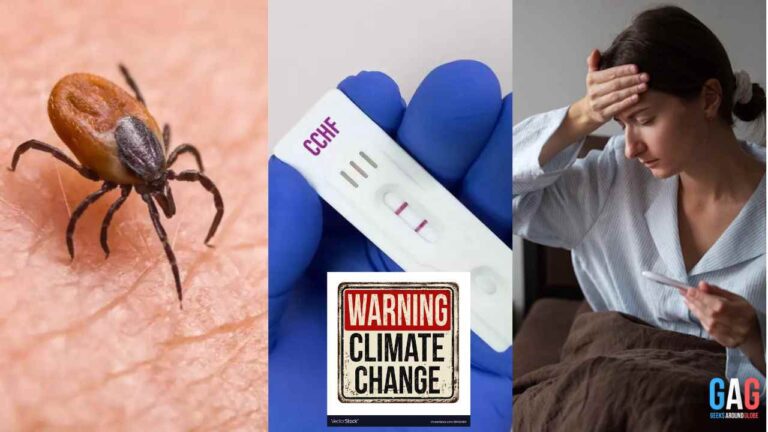Every once in a while, a piece of technology comes along that revolutionizes how we understand and act with our bodies. Have you ever wished for a hassle-free way to keep tabs on your health, especially hormones? Drawing blood and getting urine samples is far from easy. Thanks to the brilliant minds at Caltech, there might just be a solution on the horizon for all of us.
Estradiol, for those unfamiliar with this potent form of estrogen, plays a pivotal role in several aspects of women’s health. It is crucial in regulating reproductive cycles, and ovulation. It also has a direct correlation with health conditions ranging from depression to osteoporosis and even heart disease.
While wearable sensors have greatly advanced, most are not able to detect hormonal levels, particularly for women. However, this paradigm is about to shift thanks to Caltech’s latest device.
No More Blood Tests Or Urine Samples!
Caltech’s new finding was led by assistant professor of medical engineering, Wei Gao. It is a wearable sensor specifically designed to measure estradiol levels by simply analyzing drops of sweat. Yes, you read that right – just sweat! No more blood tests or urine samples.
Here’s the kicker: Estradiol is about 50 times less concentrated in sweat than in blood. Despite this huge difference, the wearable sensor has ingeniously harnessed the power of science and technology to bridge this gap.
Caltech researchers have developed a wearable patch that wirelessly monitors estrogen levels in sweat, which could pave the way to the development of commercially available devices for women to conveniently track their hormone levels in real time.https://t.co/tYa6FzLS9m
— Caltech (@Caltech) October 4, 2023
The Magic Behind The Sensor
The sensor employs a unique method that goes around aptamer. It is short for single-strand DNA pieces trained at binding to target molecules, much like artificial antibodies. Gao’s team used a groundbreaking technique by first attaching these aptamers to a surface peppered with inkjet-printed gold nanoparticles.
These aptamers then latch onto specific molecules – in this context, estradiol. Following this binding, the estradiol molecule is recaptured by another set of particles, known as “MXenes.” The electrical signal resulting from this complex dance can then be counted wirelessly. They can also interpret estradiol levels. All are given neatly in a user-friendly smartphone app.
But how does this sensor obtain the sweat samples, you wonder? Through an impressive system of tiny channels controlled by automatic valves! The device permits only set amounts of sweat to enter the sensor. Moreover, it understands that everyone’s sweat composition is unique. Also, the device always adjusts its readings based on factors such as salt levels, skin temperature, and sweat pH.
Beyond Hormone Monitoring
This new device isn’t confined to estradiol detection. Gao’s previous versions of the sweat sensor showed its potential by detecting the stress hormone cortisol, biomarkers indicating inflammation, and even COVID-19.
Gao shared, “People often ask[ed] me if I could make the same kind of sweat sensor for female hormones, given their significant impact on women’s health.” His answer? A resounding innovation that gives hope not only to aid women looking to conceive naturally or via in vitro methods but also to support those considering hormone replacement therapies. Looking ahead, the team is setting to expand its sensor’s capabilities to detect an array of female hormones, including the ovulation-linked hormone, progesterone.
A new noninvasive patch could monitor a vital hormone with just a little sweat https://t.co/ubcJdBg44P https://t.co/Dwc5pVTmkb
— Popular Science (@PopSci) October 8, 2023
Conclusion
We’re on the brink of a health and tech revolution, and Caltech’s new sensor device is changing the game. It ushers us into an era where monitoring our health becomes easier, more precise, and notably less invasive. The device is still in its early stages. However, its potential impact on women’s health is undeniably huge. As we keep our eyes peeled for this wearable tech’s commercial release, one thing is clear: the future of personalized health monitoring is not just bright—it’s incredible.
Also read,







